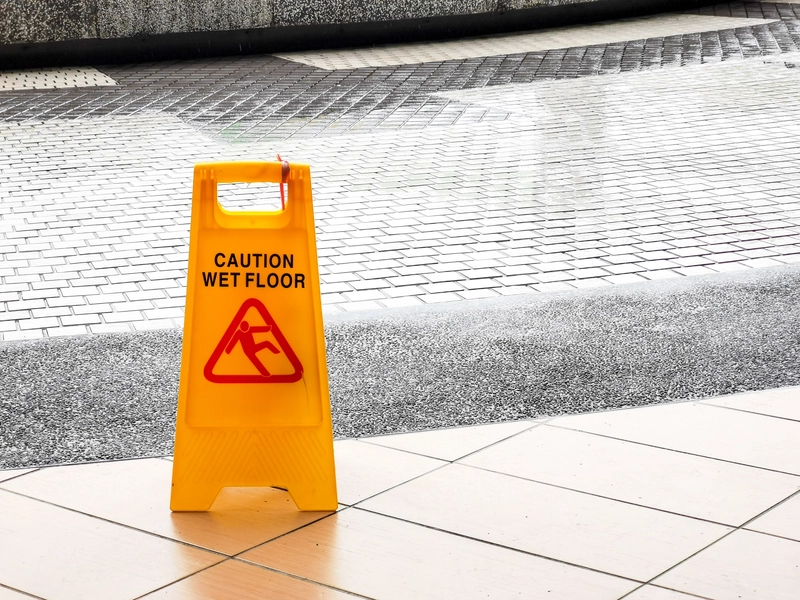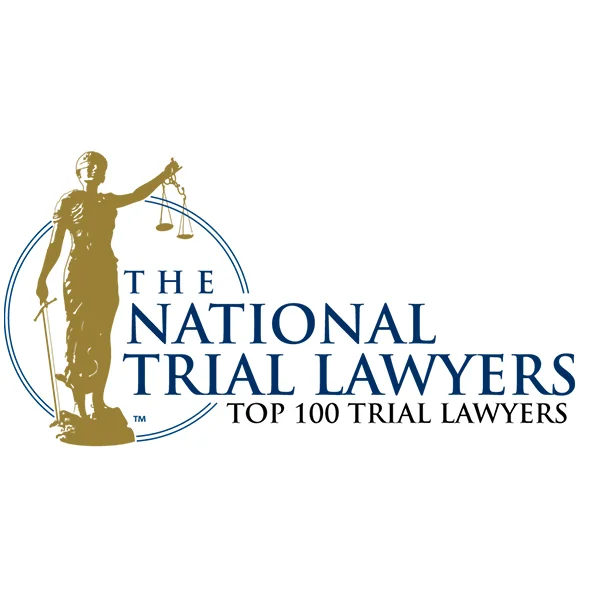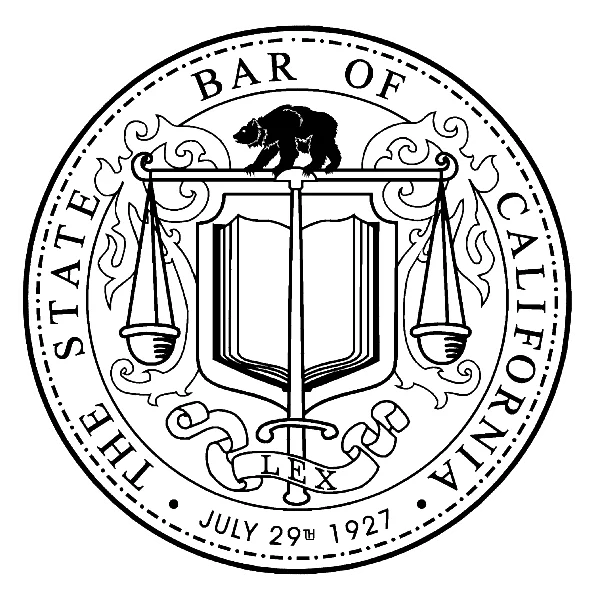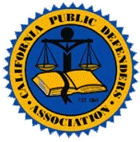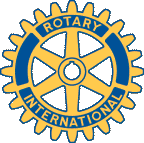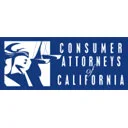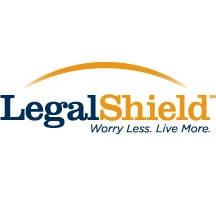Slip and fall accidents are among the most common causes of injury, often leading to severe consequences such as broken bones, head injuries, and spinal damage. Understanding the common causes of these accidents and how to prevent them is crucial for both property owners and individuals.
Common Causes of Slip & Fall Accidents
- Wet or Slippery Surfaces: Wet floors are a leading cause of slip and fall accidents. Whether due to spilled liquids, rainwater, or freshly mopped floors, wet surfaces can be extremely hazardous. Property owners must be diligent in addressing these conditions by placing warning signs and ensuring prompt cleanup.
- Uneven Flooring: Cracked, uneven, or poorly maintained flooring poses a significant risk. Carpets that are torn or tiles that are loose can cause a person to trip and fall. Regular inspections and maintenance are essential to prevent these hazards.
- Obstructed Walkways: Cluttered walkways, such as those with cords, boxes, or debris, increase the risk of tripping and falling. Keeping walkways clear and free of obstacles is a simple yet effective way to reduce the likelihood of accidents.
- Poor Lighting: Inadequate lighting in hallways, staircases, and outdoor areas can make it difficult to see potential hazards, leading to accidents. Ensuring proper lighting is a key preventive measure that property owners should not overlook.
- Weather-Related Hazards: Ice, snow, and wet leaves on sidewalks and entryways can create slippery conditions that contribute to falls. Property owners should take responsibility for regularly clearing these hazards and applying salt or sand to reduce slipperiness during winter months.
How to Prevent Slip & Fall Accidents
- Maintain Clean and Dry Surfaces: Regularly clean and dry floors, especially in high-traffic areas. Use “Wet Floor” signs to alert people to temporary hazards. By staying proactive about maintenance, property owners can significantly reduce the risk of accidents.
- Repair Flooring Issues: Address any cracks, uneven surfaces, or loose tiles immediately. Ensure that all carpeting is securely fastened to the floor. Prompt repairs are essential in maintaining a safe environment for visitors.
- Keep Walkways Clear: Remove clutter from walkways and ensure that cords and other trip hazards are securely out of the way. Keeping these areas clear not only prevents accidents but also contributes to a more organized space.
- Improve Lighting: Install adequate lighting in all areas of a property, particularly in places where there are steps or changes in elevation. Good lighting is a simple yet effective way to prevent accidents, especially in poorly lit areas.
- Manage Outdoor Areas: Regularly clear sidewalks and entryways of snow, ice, and other debris. Use salt or sand to reduce slipperiness during winter months. Managing these outdoor hazards is crucial for ensuring the safety of all visitors.
Preventing slip and fall accidents requires vigilance and regular maintenance. Property owners must be proactive in identifying and mitigating potential hazards, while individuals should remain aware of their surroundings to avoid accidents. If you’ve been injured in a slip and fall accident due to someone else’s negligence, it’s important to seek legal advice. Contact our experienced slip and fall attorneys today to schedule a consultation and learn how we can help you secure the compensation you deserve.

